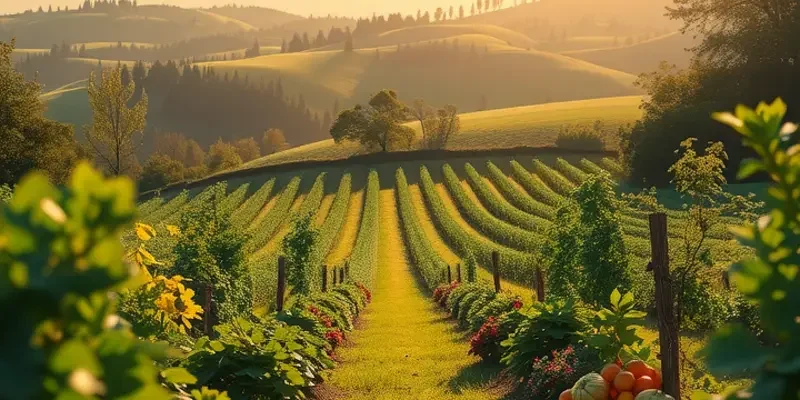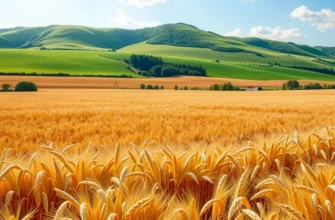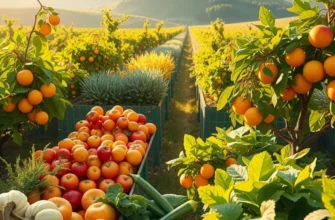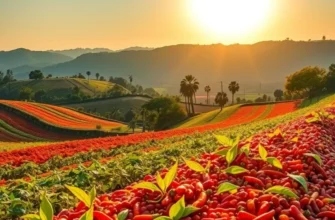Swiss cuisine is a delightful exploration of flavors, influenced by the country’s diverse cultural tapestry. Nestled in the heart of Europe, Switzerland offers a unique culinary landscape that reflects its rich heritage and regional diversity. From decadent cheese to hearty stews, the food traditions here tell a story of alpine influence, agricultural abundance, and communal customs that have stood the test of time. Join us as we delve into the heart of Swiss food culture, exploring its time-honored practices and signature dishes that tantalize the taste buds and celebrate the spirit of togetherness.
The Heart of Swiss Cuisine: Cheese and Fondue
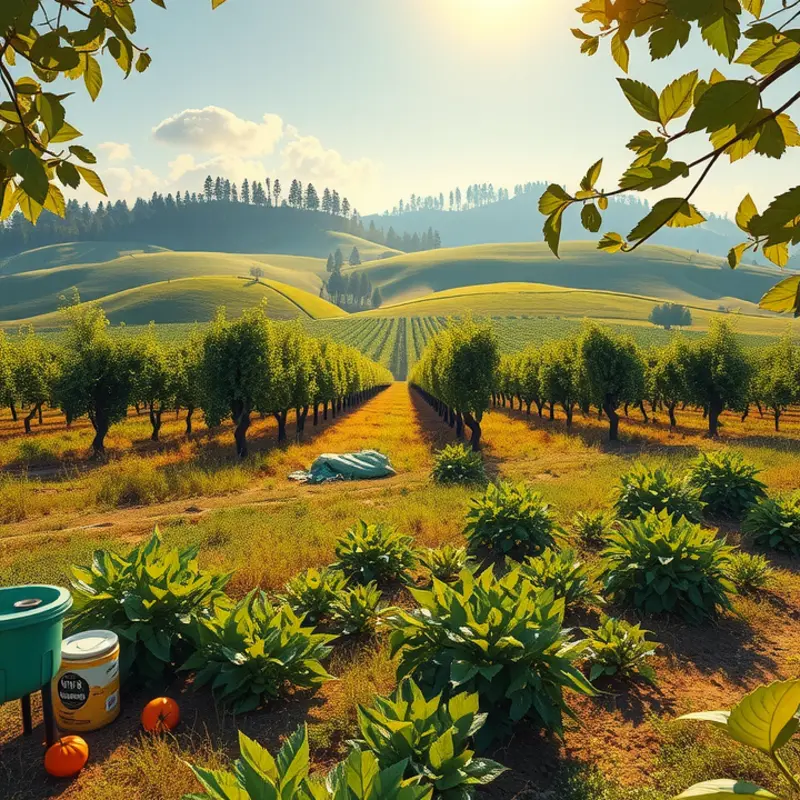
When one thinks of Swiss cuisine, cheese often emerges as the cornerstone. Switzerland is home to a rich variety of cheeses that reflect the diverse regional cultures and landscapes of this alpine nation. At the heart of this cheese culture lies the art of fondue, a dish that embodies the Swiss spirit of togetherness and warmth.
Swiss cheese-making traditions date back centuries, with methods passed down through generations. Each region boasts its own specialities, influenced by local climates and traditions. Emmental, known for its characteristic holes, hails from the Emme Valley. Its nutty, mild flavor is the result of a careful aging process that involves meticulous temperature and humidity control.
Gruyère, from the canton of Fribourg, offers a slightly sweet, complex taste profile. It is meticulously aged for several months, allowing flavors like caramel and nuts to develop. The craftsmanship behind Gruyère reflects the dedication to perfection found in Swiss cheese-making.
Raclette, another iconic Swiss cheese, is both a dish and a delight. Traditionally served melted over potatoes, pickles, and onions, it transforms simple ingredients into a comforting meal. Its origins trace back to Swiss cow herders, who would melt Raclette over open fires, savoring the warm cheese after a day’s work.
The story of Swiss cheese culminates in fondue, a national treasure that transforms dining into an experience. Originating from humble beginnings as a peasants’ dish in the 18th century, fondue has become a culinary symbol of Swiss winters. Made by melting cheeses like Gruyère and Emmental with white wine and a hint of kirsch, it is a feast for both the palate and the senses.
The ritualistic aspect of fondue extends beyond flavor; it fosters interaction and camaraderie. Traditionally shared among groups, each person dips chunks of rustic bread into the molten cheese. This communal practice reflects an intrinsic Swiss value: community well-being. The tradition demands that if someone loses their bread in the pot, they must perform a forfeit, often in the form of singing to entertain the group.
The emphasis on provenance and seasonal ingredients underscores the Swiss approach to food. Cheese-makers prioritize milk from local cows grazing in lush, alpine pastures, attributing the superior quality of flavor to these rich, natural resources. This focus on provenance is crucial to the authenticity and taste of Swiss cheese.
In the broader context of culinary practices, this dedication to quality and tradition resonates with global trends toward sustainable eating. For those interested in exploring how sustainable choices influence kitchens worldwide, visiting this guide on eco-smart kitchen storage might offer additional insights.
As this journey through Swiss cheese and fondue reveals, it is more than a cuisine—it’s a cultural experience that emphasizes harmony with nature and a celebration of togetherness. Switzerland’s cheese traditions not only showcase impeccable craftsmanship but also highlight the nation’s deep-rooted sense of community.
Alpine Feasts: Hearty Dishes from the Swiss Mountains

Switzerland’s majestic Alps provide far more than breathtaking vistas; they breathe life into an array of comforting dishes. This rugged terrain, where the air is crisp and the seasons sharply defined, demands sustenance that is both hearty and flavorful. Enter the realm of Swiss mountain cuisine, a celebration of simplicity and robustness designed to nourish body and soul alike.
Consider the quintessential Rösti, a dish that perfectly encapsulates the Swiss approach to hearty fare. Prepared from coarsely grated potatoes, this golden, crispy delight holds a place at the heart of Swiss meals. Rösti’s charm lies in its versatility—whether adorned with cheese, paired with eggs, or served alongside meats, it remains a beloved staple reflective of the Swiss ethos of utilizing minimal ingredients for maximal impact.
Zürcher Geschnetzeltes paints another vivid picture of Swiss culinary tradition. A creamy concoction of thinly sliced veal cooked gently in a white wine and cream sauce, this dish underscores the importance of quality over quantity. Accompanied by the inevitable Rösti, it offers a luxurious yet straightforward dining experience. The pride of Zürich yet embraced beyond its borders, this dish mirrors the Swiss passion for marrying texture and flavor harmoniously.
The Alpine regions teem with local ingredients that enrich the culinary landscape throughout the year. Game meats such as venison, wild boar, and chamois frequently grace the tables during colder months, their robust flavors finding balance in gentle preparations. These meats, often stew or roast, tell tales of hunting traditions ingrained within these communities for generations.
Mushrooms and root vegetables, too, are pivotal to Alpine cuisine. Foraged from nearby woodlands, chanterelles and porcini make flavorful companions to meats, or stars in their own right within simple yet satisfying ragouts. Carrots, parsnips, and potatoes ensure meals are sustaining, their earthy notes weaving through the dishes like a familiar, reassuring melody.
Seasonal gatherings and festivals dance to the rhythm of the Alps, bringing people together to celebrate harvests and communal ties. Culinary customs reflect this unity, the shared meals highlighting fresh, local ingredients. As daylight dwindles, feasts grow abundant with rich, hearty fare meant to carry communities through harsh winters—aveliche ceremonies of sustenance where food’s ability to comfort and bring joy is on full display.
Swiss mountain cuisine stands out not just for its ingredients but for its approach to preparation. The emphasis on sustainability and minimal waste within kitchens reflects a broader cultural appreciation for resourcefulness and respect for nature. For those interested in the principles of low-waste cooking, exploring how Alpine kitchens optimize their resources provides much inspiration. Discover more about these sustainable practices in low-waste cooking preparation.
In every bite of Swiss mountain cuisine, there exists evidence of a centuries-old relationship between the land and its people. These dishes tell stories of survival and celebration, simplicity and richness intertwined inextricably in a feast crafted by the very mountain heights that define this beautiful country.
Final words
Swiss food traditions are a celebration of nature’s bounty, community, and cultural influences. The warmth of fondue shared among friends, the hearty meals that sustain alpine communities, and the craftsmanship behind every cheese tell a story of resilience and hospitality. As culinary enthusiasts, exploring these traditions offers not just flavors, but connections to the land and people who cherish their heritage. Whether indulging in a wheel of Gruyère or savoring a steaming bowl of Rösti, every Swiss dish invites you to experience a moment of joy and togetherness that transcends borders. Embrace the richness of Swiss cuisine, and let each bite transport you to the heart of this picturesque land.

